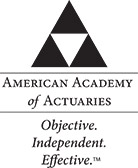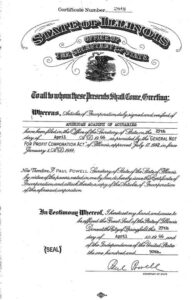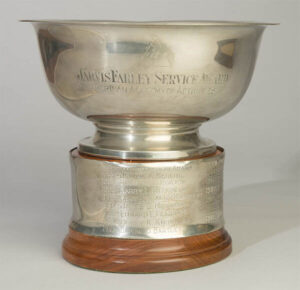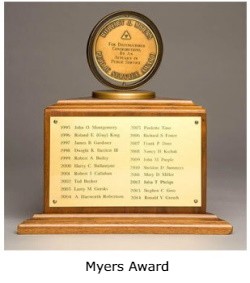The Academy’s Enduring Legacy
“From the halls of Congress and state capitols to regulatory and professional bodies such as the NAIC, FASB, and the IAA, the Academy represents the interests of all U.S. actuaries. As a member of the Academy, you are demonstrating a personal commitment to responsible actuarial practice, professionalism, and sound public policy.”
– Dan McCarthy, Academy Past President
Historical Notes
A deep dive into the events that led to the founding of the Academy in 1965, compiled by Walter L. Rugland, MAAA, FSA, FFAA in June 1986.
Read MoreCharting the Course: 50th Anniversary
In recognition of its 50th anniversary in 2015, the Academy created a book on the story of the Academy’s founding along with a historical overview of the actuarial profession in the United States.
Read MorePast Officers and Members
Review all past officers and original charter members of the Academy dating back to 1965.
Read MoreInteractive Timeline
In 1965, the American Academy of Actuaries was founded by the collective wisdom of the four esteemed actuarial organizations as a unified and inclusive body representing American actuaries of all specialties.
Click through the interactive timeline of key milestones in the history of the Academy over its first 50 years.
Pre 1965

1965-1969

1970s

1980s
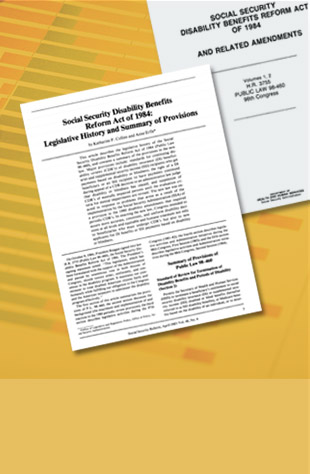
1990s

2000s

2010s

